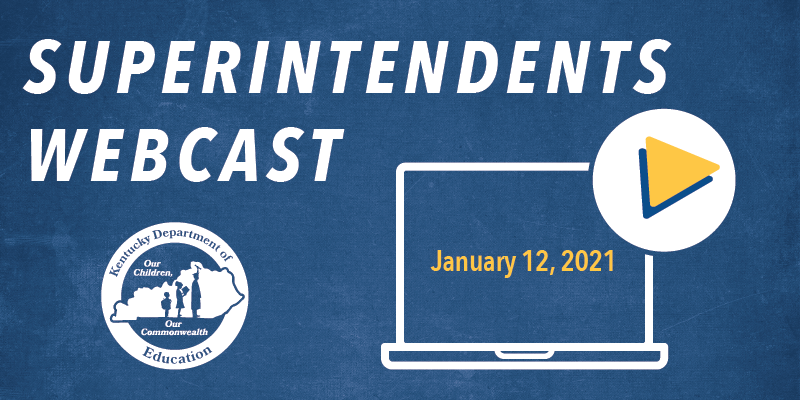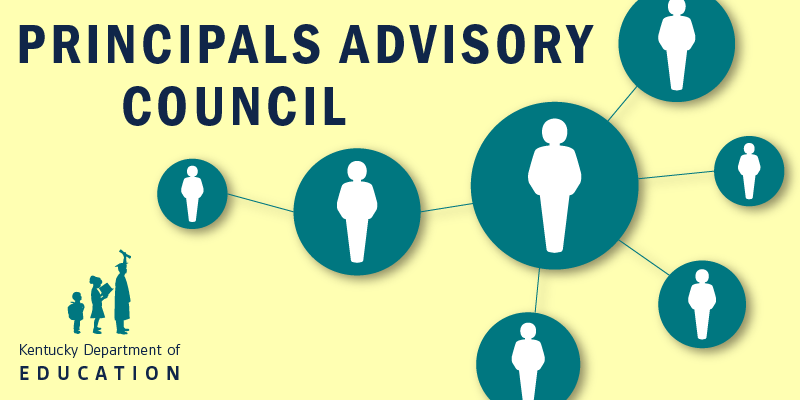 Kentucky will receive $928 million in the second round of Elementary and Secondary School Emergency Relief (ESSER) federal funding, superintendents heard during the Superintendents’ Webcast on Jan. 12.
Kentucky will receive $928 million in the second round of Elementary and Secondary School Emergency Relief (ESSER) federal funding, superintendents heard during the Superintendents’ Webcast on Jan. 12.
The money, part of the Consolidated Appropriations Act of 2021, is the largest and most flexible allocation of discretionary K-12 funding in history, said Robin Kinney, associate commissioner in the Kentucky Department of Education’s (KDE’s) Office of Finance and Operations.
That is four or five times the allocation per district under ESSER I funding from the Coronavirus Aid, Relief and Economic Security (CARES) Act that was passed in March 2020, she said.
It can be used for eligible expenses dating back to March 13, 2020, and will be available for obligation through Sept. 30, 2023.
The process for receiving funds has been simplified for speed, and districts are encouraged to use the money quickly and report how it is being spent, Kinney said.
The allocation per district will be based on previous Title I allocations. Use of ESSER II funds must be tracked separately from the previous ESSER allocation, Kinney said.
The new funding can be used for two additional purposes:
- Addressing learning loss due to COVID-19, including payment for methods of assessment and tracking; and
- Repairs and improvements to school buildings related to health needs and cutting disease transmission.
New ESSER funding can be used to pay for nurses, mental health professionals and emergency leave days for employees, Kinney said. Schools are no longer required to provide extra COVID-19-related emergency leave, but are still allowed to do so, she said.
The money also can pay teacher salaries to support intervention and remediation services, and for substitute teachers when regular personnel are absent on COVID-19 isolation or quarantine, Kinney said.
Additional Funding
More money is coming from other sources, including $19.5 million for public schools and $40.8 million for private schools in a second round of Governor’s Emergency Education Relief Fund (GEER) funding.
Allocation for individual districts hasn’t been worked out yet. KDE will handle distribution of the private school funding, and is asking the U.S. Department of Education for guidance, Kinney said.
As part of a federal allocation for broadband internet access, individual households can get a $50 per month internet subsidy, and service providers may receive up to $100 reimbursement for issuing one Wi-Fi connected device per household. Participants in the free and reduced-price meal program are eligible, Kinney said.
More P-EBT money also is expected, and allocations for the current federal fiscal year are increasing in many areas under the Consolidated Appropriations Act. That includes more for childcare, she said.
Details on the available funds and instructions for their use are coming soon in new KDE guidance, Kinney said.
Vaccine Distribution
The target date to begin vaccinating K-12 education personnel has always been Feb. 1, plus or minus a week, said Dr. Steven Stack, commissioner of the Kentucky Department for Public Health (DPH). He wanted to arrange distribution through large retail pharmacies to standardize the process, but many local entities sought to get involved and help. That complicated things, and DPH is now working on individual programs for each of Kentucky’s 120 counties, Stack said.
Nevertheless, he committed to giving all of the state’s public school personnel at least one opportunity to be vaccinated before the end of February.
Phase 1A of vaccinations serves only healthcare workers and nursing home residents. School personnel are in phase 1B, which also includes first responders, police and corrections officers, and any state resident age 70 or older.
That puts several hundred thousand people in line ahead of school personnel, or alongside them, but educators still are ahead of most of the rest of Kentucky’s 4.5 million residents.
Dr. Connie White, DPH deputy commissioner, emphasized that the vaccine is safe and said she is recommending it for her own 91-year-old mother.
“Rest assured, we are trying to get this out as quickly as possible to any willing person in the state of Kentucky,” White said.
Kentucky’s emphasis on protecting school personnel may be unique in the country, but the supply of vaccine is still limited, Stack said.
“We get about 53,700 doses of vaccine every week,” he said. A first shot for educators of the two-dose vaccine would take nearly two weeks’ worth of the state’s entire supply, Stack said.
The state is not told exactly how many weekly doses of vaccine it will receive until the preceding Friday, which makes planning difficult, White said.
Vaccination Schedules
Updates to the rosters of employees willing to be vaccinated, which school districts sent to DPH, should now go to a local contact person, she said. That person, soon to be assigned for each county and school district, will note changes and order the needed doses, White said.
Final distribution will be worked out locally, perhaps through a pharmacy, a hospital drive-through, or shots administered at schools, she said.
Districts may not receive enough vaccine for all personnel in one shipment, so they should consider methods of prioritizing distribution such as offering it first to elementary teachers, older people or those with other health conditions, those who have the greatest exposure to many students, or personnel serving at-risk student populations, White said.
Even people who already have had COVID-19 should be vaccinated because the immune response from the disease itself is not as strong as the one provoked by the vaccine, she said.
It is still possible to become infected after being vaccinated, but the disease’s severity will be greatly lessened, White said. Because people who have been vaccinated may still transmit COVID-19 to others, it’s important that people continue to wear masks, wash their hands and continue social distancing, she said.
White asked superintendents to publicize their own vaccination to help encourage others and urge them to get it as well.
Meanwhile federal policy on vaccine distribution continues to change, and will change further with the inauguration of the President-elect Joe Biden on Jan. 20 and his incoming administration, Stack said.
Glass said more information on use of the new federal funding and distribution of COVID-19 vaccines will come in the next Superintendents’ Webcast on Feb. 9.




Leave A Comment